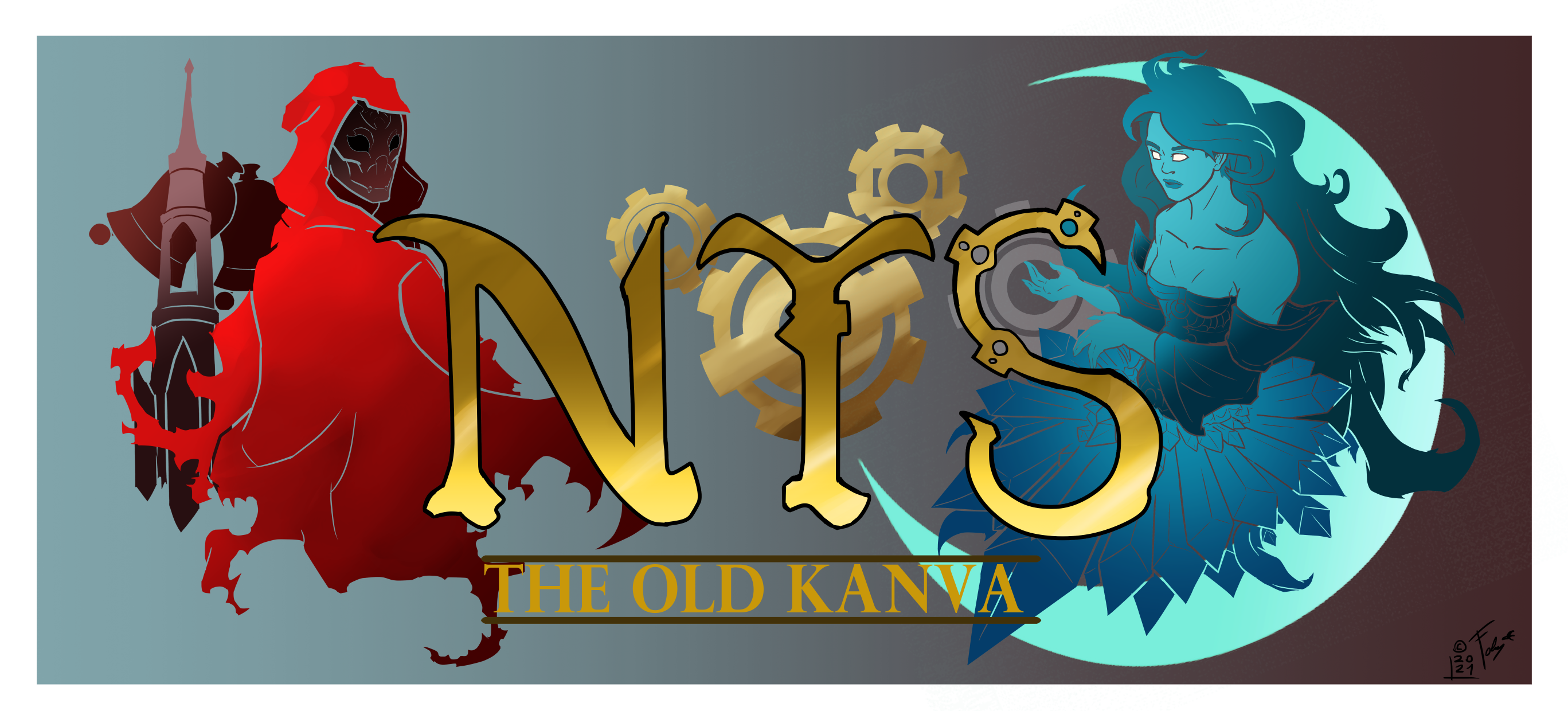Agnisar Wall Painting
The wall painting is the coming of age rite of the Agnisar, the most successful population in the Desolate Lands, the westernmost region of Nys. It consists in killing a prey of some kind, taking its blood and using it to leave a stamp of one's hand on the Wall of Warriors.
Since Agnisar divide into numerous small tribes roaming the wastelands who do not like contact with other tribes, several Walls of Warriors exist, spread across the lands. About four to six tribes roaming in neighbouring territories share a single Wall, where they meet once a year to perform the coming of age, form new tribes and depart again. Except for the younglings, tribes rarely mix or have any contact whatsoever.
The rite holds once a year. All the Agnisar who have reached sixteen years since the last occurrence of the ceremony must participate.
Execution
The Prey
The first step in the ritual, even before the rite's day, is to reckon the area and find suitable prey. The target should be weak enough to guarantee a comfortable victory with no serious injuries but should also be as hard as one can reasonably manage since performing well during the hunt makes joining a strong tribe possible. In the meantime, young who do not want to hunt alone form small groups, usually around three or four people, especially if they plan to go for a big game. Weaker people tend to organise in groups and to choose fast herbivores as targets since they put up less of a fight when ambushed properly. Stronger people, instead, divide into those looking for the most difficult challenges, often dangerous herbivores, which they cannot possibly kill alone, and those proving they're capable of handling decently hard prey alone, usually carnivores. In any case, all the various groups and people usually try not to focus on the same animal, or at least not on the same area. Once preparation is over, the often intertribal groups get together and spend the night camping somewhere.The Hunt
On the morning of the fated day, groups and lone wolves depart towards their respective targets. Most people hunt during the day, but some decide to try nocturnal attacks for the most disparate reasons. They have time until the next dawn to kill the prey and make it back alive for the painting. If more groups find themselves on the same animal during the hunt, they are either willing to cooperate in the kill, thus sharing the victory with others, or they fight each other. Fights between hunters are not common, but not rare either, especially in areas with only a few decent prey. When the hunt is over, the victorious agnisar hurry to put as much blood as possible inside a bowl and immediately add a colourless liquid to it, obtained from smashing certain insects or gathering particular leaves, which keeps the blood liquid for hours.The Painting
Once the hunt is over, the groups camp separately for the night. At dawn, everyone gathers, and the depictions begin. One after the other, each group stands up and tells what animal they fought. Each hunter dips a hand in the blood bowl and presses it against the wall leaving a permanent mark of their first real hunt. The elders decide the order in which groups present, but according to tradition, the most impressive achievements close the rite. After the morning, tribes depart, each towards its territory, leaving younglings behind. New tribes form, usually merging four to six hunting groups, based on affinity among people and their performance during the hunt. By the end of the day, everyone has departed, alone or together, looking for a decently sized area to roam in for the rest of their lives. Those hunters that distinguished themselves are honoured with the title of "tänk flahör", young chief. They are usually the ones leading the newly formed tribes. All the others who played a significant part in the hunt are deemed worthy adults and honoured as such, while those who barely survived are ignored.Failing the Passage
There are a couple of ways to fail the rite. The most obvious is dying while fighting the prey, but that has no consequence since the person's already dead. This case includes dying of the injuries suffered during the hunt before being able to complete the ritual. If a group does not kill the prey but does not die either for whatever reason, they have two choices. They can either accept the loss and gather back to hopefully find someone else in the same situation to form a tribe with or flee on their own. A tribe composed of so few people cannot survive long in this region, so many of these try to travel to the Sichine Nilne through the Fire Mountains. Most people trying the crossing die during the attempt. According to the Agnisar's common culture based on the survival of the fittest, their previous tribes will not go out of their way to look for them. Sometimes, those who failed the rite can join more successful tribes as gatherers or workers, but their lives are deemed less worthy, and people are generally willing to sacrifice them in immediate danger or scarcity. If someone can stamp the hand on the wall, they will probably be fine. However, nobody wants to start their adult journey in the Desolated Lands with a possibly severely wounded ally, so injuries may make it difficult to find a tribe accepting them.
Primary Related Location
Related Ethnicities




Comments